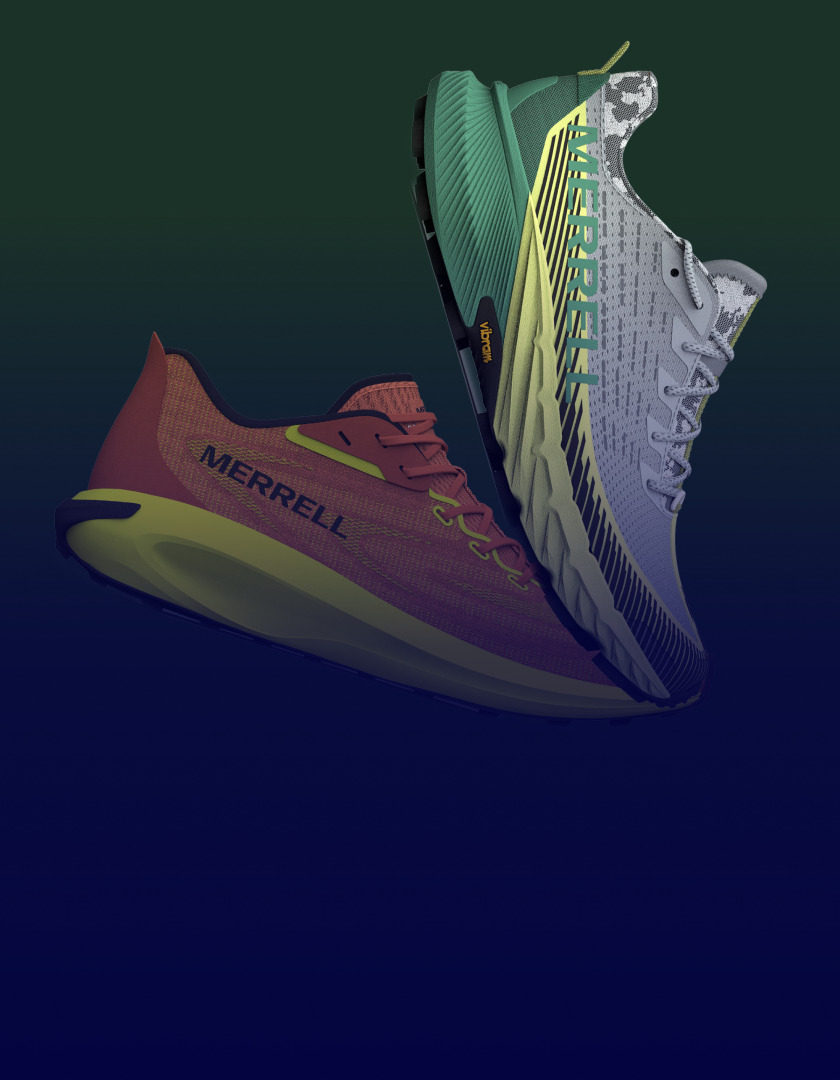What is a Bill of Materials (BOM)? A Guide to BOM Management

When it comes to product development and design, organized precision is a guiding principle. For many brands and manufacturers, that organizational success depends on having complete and accurate information about products and their components.
Whether constructing fashion and apparel goods or formulating cosmetic and personal care products, organizations rely on bills of material as a fundamental blueprint for product design and development success.
A bill of materials, or BOM, might sound simple in theory but this document is actually a sophisticated operational tool that weaves design, engineering, procurement, manufacturing and quality teams around a single source of data.
When managed effectively, BOMs enable companies to move faster from concept to production, reducing time-to-market and producing goods that are more closely aligned with what their customers truly want. But to effectively manage a BOM, organizations must understand why they’re so important in the first place.
What is a bill of materials (BOM)?
A bill of materials (BOM) is a structured breakdown of all the parts, materials and other components needed to manufacture a finished product. At its core, a BOM is a “recipe” for product creation: the instructions required to produce quality goods effectively over time.
BOMs specify every component and part, no matter how small. From bolts and wires to circuit boards, fabrics, labels and packaging materials, BOMs outline everything needed to manufacture a finished product. Most often, BOMs present this information in a hierarchical format that begins with a finished product, followed by the major components or parts required to achieve that finalized version.
This top-down format enables BOM users to visualize and identify all necessary components during the product manufacturing process at a high level. A person or team viewing a BOM can determine what parts are needed, as well as how those parts fit together to create the product.
A laptop computer, for example, may show how a consumer electronics manufacturer puts together display assemblies, keyboard assemblies, logic boards and other components to create a final laptop.
A well-constructed BOM also includes data and descriptions about each part or component. This can include part numbers, quantities, units of measurement, descriptions and diagrams, procurement types and other attributes specific to a product, organization or industry.
Today’s modern BOMs can also cross-reference other tech-focused product data points or files, such as CAD drawings, specifications and work instructions. These files may exist in other data sources but they’re curated and outlined on a BOM to make the product blueprint as cohesive as possible.
This comprehensive data approach transforms the BOM from a simple parts list into a central hub of product information that supports decision-making throughout the product lifecycle.
What is the purpose of a BOM?
The core purpose of a BOM is to ensure that products are assembled or built correctly and consistently. Without a reliable BOM, manufacturing teams could be working off incomplete or outdated instructions that lead to a range of product outcomes, qualities and financial performance over time.
To avoid this scenario, as well as production delays and increased production costs, BOMs are used to make the manufacturing process consistently predictable.
BOMs also play a critical role in coordinating activities across multiple teams and functions. Procurement teams use the BOM to understand what materials need to be sourced and when they’ll be needed.
Supply chain planners rely on it to forecast demand and manage inventory levels. Cost estimators use it to calculate product costs and set pricing. Quality teams reference it to ensure products meet specifications. Service and support organizations use it to identify replacement parts. In this way, the BOM becomes a communication tool that aligns diverse teams around a shared understanding of the product.
The most effective BOMs also support change management and revision control throughout the product development and manufacturing process. As products evolve, whether through design improvements, component changes or responses to quality issues and customer feedback, the BOM provides traceability to ensure that stakeholders are working from the latest approved version of a product’s blueprint.
This can also be helpful for partners, suppliers and relationships that aren’t explicitly involved in the product development process but do need to be informed of product updates throughout the supply chain.
What's included in a BOM?
The information and data included in a bill of materials varies widely, based on the product, the organization and its market. In general, however, BOMs cover several key layers of data that are common to many product lines.
The BOM level indicates where each part or component fits in the product hierarchy by using a numbering system that makes the structure immediately apparent to anyone reviewing the document. This hierarchical organization is crucial for understanding how components interact with one another and for managing complex products with hundreds or thousands of components.
Next, part numbers serve as unique identifiers for each component, enabling quick reference and helping teams avoid confusion between similar parts. Companies often choose either intelligent part numbering schemes, which embed descriptive information in the part number itself, or non-intelligent schemes, which use sequential numbers without inherent meaning.
In either case, the priority for an organization should be consistency. Having a consistent scheme that’s readable by those who need the information is more important than the strategy behind the scheme.
Alongside the part number, the part name provides a human-readable identifier, while the detailed description offers additional information to help distinguish between similar components. This can be particularly useful when dealing with parts that vary only in specifications, such as size, material, or tolerance.
Next, quantity fields specify how many of each component are needed, while the unit of measure clarifies whether parts are counted individually, by length, by weight or by volume. The procurement type indicates whether each component is purchased off-the-shelf, manufactured in-house or produced by a supplier to custom specifications.
Depending on the product and organization, additional data fields can include supplier information, lead times, component costs when relevant and notes that contain product-specific insights that don’t fit neatly into data categories.
Essentially, any necessary information that needs to be conveyed about a product’s manufacturing can be inserted into a BOM.
What are common types of BOMs?
Not all BOMs are the same: depending on the product, teams and stakeholders require different “views” of product information, which can lead to several types of specialized BOMs.
Engineering BOM (EBOM)
An engineering bill of materials, or EBOM, for example, represents the product as designed by the engineering team and typically reflects the CAD structure. EBOMs are created during the design phase and focus on the functional and technical aspects of the product.
This type of bill of materials may include components that are conceptual or still under development and it organizes information in a way that makes sense from an engineering perspective. This same view may not be useful or effective for someone in the sales, marketing, or distribution phases of product development, however.
Manufacturing BOM (MBOM)
Where information in the EBOM may be conceptual, data in the manufacturing bill of materials centers on practical production activities. The MBOM can include information such as assembly instructions, tooling requirements and work cell assignments.
It may also include items that don’t appear in the EBOM, such as packaging materials, consumables used in the manufacturing process and parts that are assembled before being installed in the product. While the EBOM is useful for the engineering “drawing board,” the MBOM is geared toward those on the factory floor, responsible for the tangible manufacturing of products.
Service BOM (SBOM)
A service bill of materials provides an organized view of servicing and maintaining a product after it has been manufactured and sold. Service and sales BOMs support sales teams, particularly those focused on highly complex, configurable products that allow customers to select from various features and product options.
These configurable BOMs can generate unique part lists based on selected options and variants. Template BOMs provide reusable starting points for similar products, while modular BOMs break products into self-contained units that can be independently developed, manufactured or replaced.
One product, then, can be understood through multiple BOM views and documents. Effective BOM management ensures that these views and separate angles of product design and production are all aligned from start to finish.
What are effective BOM management practices?
Successful BOM management begins with a single source of accurate and up-to-date product information. When product data is siloed in spreadsheets, databases, or email communications, it’s difficult or nearly impossible to align product teams, workflows and stakeholders in a way that allows for seamless and efficient operation.
Organizations that excel at BOM management often implement product lifecycle management software that centralizes all product data and makes it accessible to all stakeholders who need it. This centralized approach eliminates the version control problems that plague companies relying on emailed spreadsheets and shared drives.
Change management
In product development, the only constant is change. Managing changes to BOMs, an unavoidable reality for many organizations, is one of the most critical and challenging aspects of product lifecycle management. Products rarely remain static: components and parts become obsolete, suppliers come and go, costs fluctuate and continuous improvement efforts lead to design modifications.
Without robust change management processes, these BOM changes can lead to confusion, production delays and quality issues. The most agile manufacturers implement formal engineering change order processes that ensure all proposed changes are reviewed, approved and communicated to affected stakeholders before implementation.
Effective BOM management also means effective revision history maintenance. Teams should be able to see, at any given point in the product lifecycle, exactly what changed, when it changed, who approved the change and why the change was made.
Product ownership
Effective BOM management also requires clear ownership and governance. Companies should define who has permission to create and modify BOMs, establish standards for part numbering and data entry and implement validation rules that prevent common errors. These rules can be configured for the type of BOM and the users who need access to it.
Modern cloud-based BOM management platforms streamline this process by providing role-based access, automating notifications when changes occur and providing tools for comparing different BOM versions.
Organizations that treat BOM management as a strategic capability rather than an administrative task are better positioned to accelerate product development, improve manufacturing efficiency and respond quickly to market demands.
How to create a BOM
Bills of material are created by first defining what information needs to be captured for any given product. Before listing parts, organizations should consider who will use the BOM and what questions it needs to answer.
Engineering teams need technical specifications and part relationships, for example. Procurement stakeholders need supplier information and lead times. Manufacturing needs assembly instructions and tooling requirements. Quality needs specifications and inspection criteria. Sales teams need in-depth service information, especially for highly configurable products.
Next, organizations must establish a consistent part numbering scheme and adhere to it. Whether choosing intelligent part numbers that encode information about the part category and characteristics, or non-intelligent sequential numbers, consistency is paramount.
Clear guidelines should be established for naming and describing parts to ensure that different team members enter data in a uniform manner. Companies must decide, sooner rather than later, whether they’ll include consumable items like adhesives, fasteners and labels directly in the BOM. Many organizations initially skip these items, only to face production delays when these materials are unavailable in the future.
As the BOM structure is built out, hierarchical levels should be used to show how components fit together, making the relationships between parts clear to anyone reviewing the document.
Finally, organizations should implement processes for maintaining and updating BOMs over time. Clear responsibility for BOM accuracy should be assigned, the number of people who can make changes should be limited and approval workflows for modifications should be established.
Change tracking should be implemented so it’s possible to see what was changed, by whom and when. Communication protocols should be established for teams working with suppliers, contract manufacturers, or other partners to ensure alignment throughout the product lifecycle.
It’s at this point that growing companies with scaling operations often find that their BOM management needs exceed their technological capabilities. Spreadsheets and CAD drawings can offer some assistance but at some point, a single-source-of-truth platform is required to manage complex BOM needs.
These systems can automatically flag issues like duplicate part numbers, missing required fields or components nearing obsolescence, helping organizations maintain BOM quality as their product portfolio expands. With this type of system in place, organizations can scale without sacrificing information quality and consistency.
Streamline BOM management with PLM Software
Beyond just a list of simple parts and components, a bill of materials is a foundational document that connects product design, intent and its manufactured reality. From the earliest stages of ideation to full-scale production, the BOM serves as the central reference point for product success.
For brands and manufacturers looking to streamline the BOM management process, Centric PLM Software™ provides a single, connected platform that centralizes product data, automates version control and ensures every team is working from the same accurate, up-to-date information.








